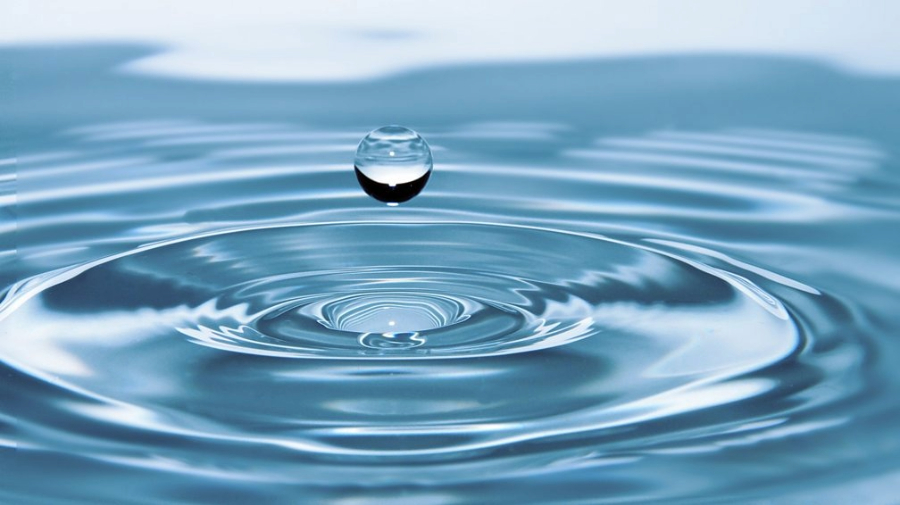Potable water from atmospheric air
Water plays a vital role in the living systems as it is the basic requirement for leading a healthy life in all the living beings starting from microorganisms to larger animals and trees to run their biological system. Nature provides a free supply of clean and potable water to all its beings to survive. The hydrological cycle provides fresh distilled water in the form of precipitation of rain and snow. The different geographical regions in the earth assist the fresh water to collect as ponds, lakes, and rivers which are the sources of drinking water and for taking baths. Except human beings all other beings still use water for these two purposes rather humans use it for various other purposes like cooking, laundry, washing utensils in household, industrial needs, power production, civil constructions, irrigation, gardening, and in the manufacturing of steels for numerous applications.
Global water scarcity
Changes in the lifestyle of human beings brought too much dependence on freshwater and apart from domestic usage, industries consume vast amounts of water for their production. Industries not only consume large quantities of water but also emit greenhouse gases resulting in global warming and perturbing the hydrological cycle resulting in poor rainfall in catchment areas. Violating government norms, many industries discharge their effluent to the nearby rivers polluting them and as a consequence making them unusable. Though sewage treatment plants recycle household-used water, it is still a big challenge for developing countries to invest huge amounts to run such economically non-profitable plants. Due to the exponential increase in population, the water requirement also increases steadily. Exploiting the water resources and demanding more than the natural supply of water results in water scarcity, the biggest threat to all living organisms. At present, there are about 3.6 billion people live with an insufficient supply of water at least for a month every year and this number is predicted to rise to 5 billion in 20 years. These alarms push the researchers to come up with an alternate source of water that would supplement the natural sources. One such alternative is to harvest water from atmospheric air in an energy-efficient manner.
Metal-organic framework-powered water harvester
Chemistry Professor Omar Yaghi and his research group from the University of California, Berkeley, have come up with a new portable and pocket-sized water harvester as a new source of clean water from the atmospheric air. The harvester works even in tough environmental conditions with the aid of sunlight as the energy to run it and thereby omits the usage of replaceable or rechargeable batteries. The device consists of a super porous metal-organic framework (MOF) that harvests water molecules continuously from the air when placed even at hotter places with less humidity. Such a finding helps to overcome the very serious problem of water scarcity due to climatic change.
Water harvesting and productivity
The metal-organic framework is an energy-efficient alternative to the materials like hydrogels, zeolites, etc. as well as the best choice of material for working under the driest atmospheric conditions over these materials. Inputs from data science and machine learning are incorporated in designing the metal-organic molecules and how they fit into the harvester as it is optimized to be very effective. Once the device was ready to serve its purpose, it was operated at extreme conditions like very low humidity and wide-ranging day conditions of Death Valley National Park in California. The device extracted 285 ml of potable water per kilogram of MOF per day, which can be used for drinking and cleaning. The harvester is designed to work continuously for many cycles without internal replacement and it does not need any time-to-time modification. The biggest advantage of the MOF-powered harvester over other such devices is that it works purely with the aid of solar power which does not require a petroleum source or battery source for its energy consumption and thereby rules out the emission of global warming gases and other injurious gases into the atmosphere. Moreover, the device is also more compact than the previously discovered devices and can easily be carried. Though the size of the device is reduced, it is highly energy efficient.
Next generation harvesters
The current solar-powered MOF harvester was tested at extreme conditions of the hottest and driest air and it convincingly produced drinking water from the exposed atmospheric air. Yaghi’s team of researchers has a plan to improve the device with further modification in its size thereby increasing its efficiency. With further assistance from data science and machine learning, it is possible to tune this device to serve as a product of every household and to society. The ultimate intention of the invention is to enable mankind to produce their water needs independently using this harvester and lead to a comfortable supply of water for drinking, cleaning, and cooking purposes.
Source

